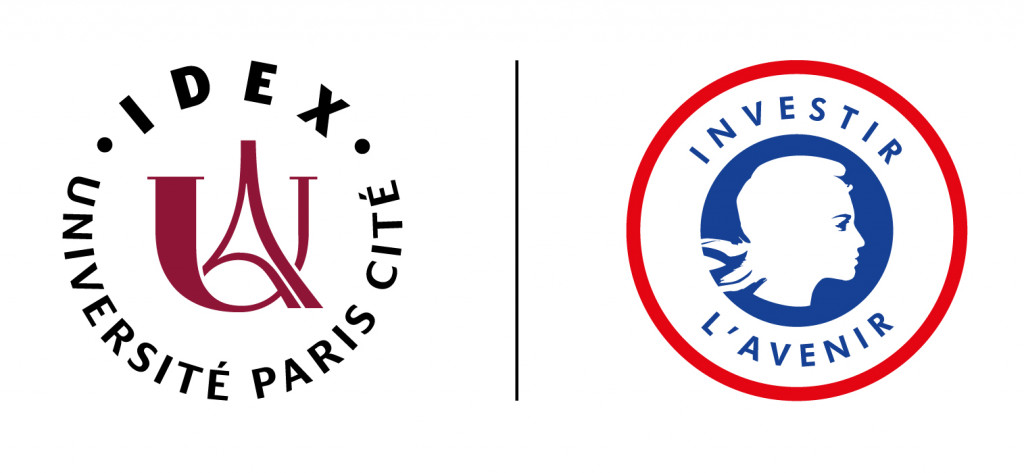Quelles solutions pour réduire les inégalités dans l'enseignement supérieur ?
Quelles solutions pour réduire les inégalités dans l'enseignement supérieur ?

 Actualité Sciences Po
Actualité Sciences Po
L'axe Politiques éducatives du LIEPP a le plaisir de vous inviter au séminaire interdisciplinaire politiques éducatives:
Quelles solutions pour réduire les inégalités dans l'enseignement supérieur ?
Revue systématique de la littérature (quasi-)expérimentale sur les dispositifs de sensibilisation au lycée et les aides financières
Mardi 15 octobre 2019
17h00 - 18h30
Salle du LIEPP
254 boulevard Saint Germain, 75007 Paris
Post-doctorante (octobre 2018 - mars 2020), dans le cadre du projet "LIFETRACK - Life Course Dynamics of Educational Tracking" (NORFACE Network, Programme "Dynamics of Inequality Across the Life-course: structures and processes) dirigé par Carlo Barone.
Policy makers are increasingly searching for ways to allow more disadvantaged students to access and complete higher education. The quickly growing (quasi-)experimental literature on policy interventions in higher education provide the opportunity to identify the causal effects of these interventions on disadvantaged students and discuss inequality mechanisms at the last stage of the educational system. The paper reviews 75 studies and rigorously compares more than 200 causal effects of outreach and financial aid interventions on the access and completion rates of disadvantaged students in higher education.
The paper "What works to reduce inequalities in Higher Education ?" finds that outreach policies are broadly effective in increasing access for disadvantaged students when these policies include active counseling or simplify the university application process, but not when they only provide general information on higher education. For financial aid, the paper finds that need-based grants do not systematically increase enrollment rates but only lead to improvements when they provide enough money to cover unmet need and/or include an early commitment during high school. Still, need-based grants quite consistently appear to improve the completion rates of disadvantaged students. In contrast, the evidence indicates that merit-based grants only rarely improve the outcomes of disadvantaged students. Finally, interventions combining outreach and financial aid have brought promising results, although more research on these mixed interventions is needed.










